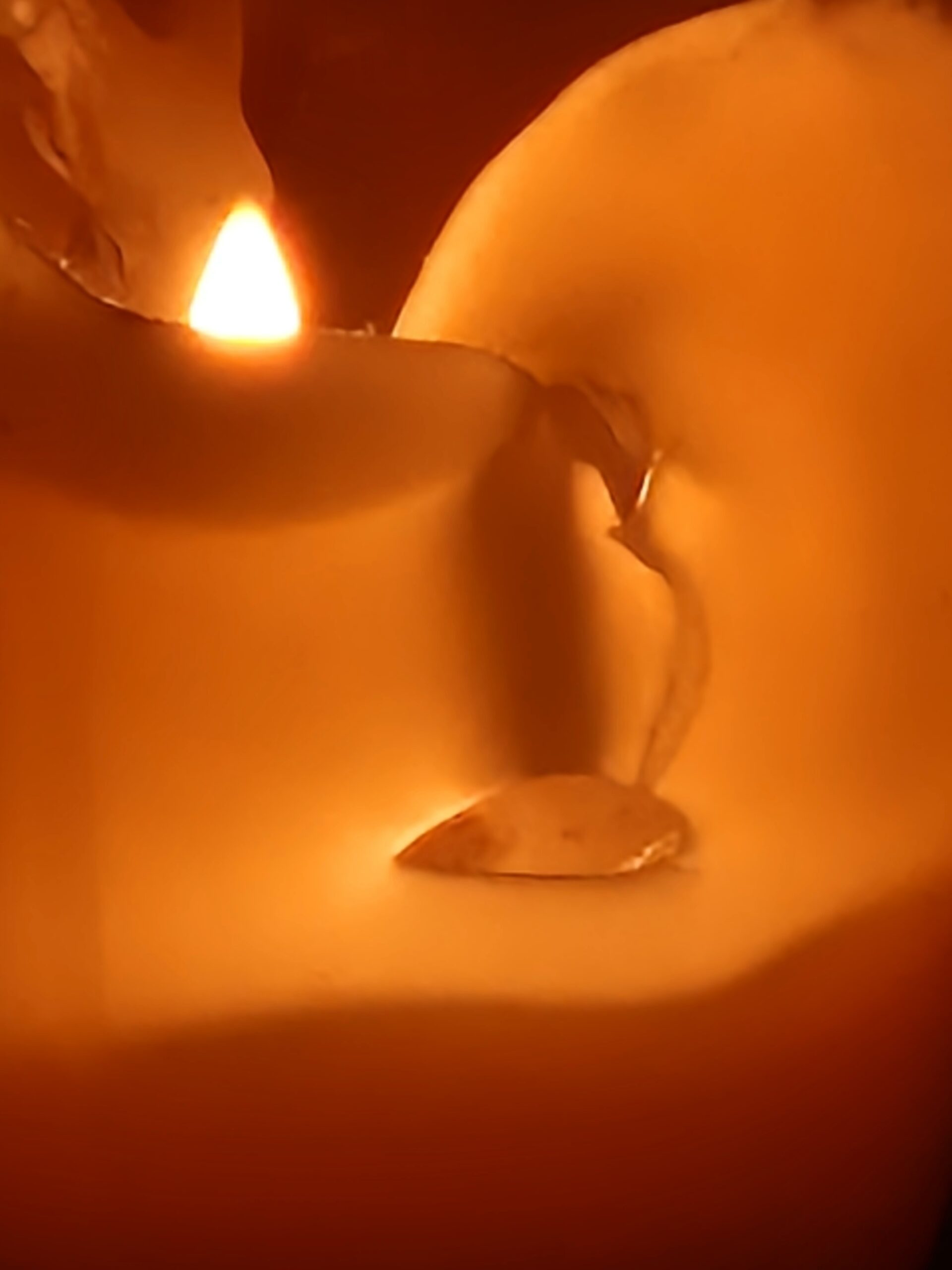I have found at times that a question arises, and I want to do the right thing, but the answer is not obvious; almost always, if I measure my decision carefully by the yardsticks of absolute honesty, absolute unselfishness, absolute purity, and absolute love, and it checks up pretty well with those four, then my answer can’t be very far out of the way.
Dr Bob Smith
Sometimes people ask me, `How do you know it’s really God’s voice you’re hearing? How do you know it’s not just you?´ My answer is I really don’t know – and in the end, it really doesn’t matter. If it’s me, it’s the best part of me I’ve ever found and it’s the part I need to start listening to more and more.
Bill Wilson
We need to take our cues from the inside instead of obediently mouthing someone else’s words. To be natural and authentic can feel awkward or frightening, but it is through this exploration that we get to know ourselves.
Charlotte Kasl, If the Buddha Dated
Despondency: from Latin despondēre, from de- + spondēre to promise solemnly
Merriam Webster Online Dictionary
On awakening this morning, my inner child was engulfed in despondency. If he had been able to articulate his emotional state in one sentence, he would simply have said: `There is no point´.
No point in getting up, no point in engaging in meditation, no point in partaking of this new day. The adult in me was deeply moved and concerned, as if watching a toddler who, while in the challenging process of learning to walk, had fallen over, and, in frustration, decided: `OK, that’s it. I give up. This is hopeless….´
Having my wits about me, I saw that the child was overwhelmed, took him to my bosom, and reassured him that I would be with him, just as he was, in that moment.
What else would you do with a child who was clearly overwhelmed?´ I asked myself. Empathise, – put myself in his shoes. The origin of the term despondency points to some solemn promise having been broken, – the promise perhaps of protection, nurturing, and trust. I would act in a manner that seeks to protect, provides nurturing, and aims to rebuild trust. That means being fully present, free of judgement.
I would also relieve him of his burden, as best I could, allowing him to rest. To simply embrace him in unconditional love. My adult self had no further thoughts or desires, in terms of outcomes. Just being there felt sufficient.
These days, my morning meditation involves sitting in silence for about an hour. After reading a brief, uplifting text, – a small portion of soul food – , I sit and open myself to the Great Spirit. After some minutes I write in my journal the statement of request I wish to address to the Great Spirit today.
Great Spirit, help me give solace to the `little one´ who woke this morning as a hostage to despondency and resignation, while I take refuge in you and surrender to your infinite love. Please help me with this balancing act such that I can recognise your will for me today and be willing to receive and use the power to carry that out. Thank you!
Then I returned to the silence.
Sitting in that beautiful silence, I was cognizant of the cascade dynamic of this meditation. I held my inner child in unconditional love and abandoned my adult self, in turn, to the embrace of the Great Spirit. The quality of inner light began to change, growing warmer and brighter as time progressed. The silence was punctuated by my inner mantra and the rhythm of my breathing. It felt as if the morning fog had lifted, and the bright rays of sunshine were pouring into my room.
Some forty minutes in, I intuitively reached for my journal and began to write: `Beloved Child, As you have just realised, this resignation is simply a wave of energy that approaches, tarries, and moves on. Just by embracing and holding the `little one´ in unconditional love, you have done the best that could be done. Your adult self, in turn, has also experienced that when you come to me in total abandonment, you experience that same unconditional love, the universal state of belonging. Carry this realisation into this new day. Be gentle. Share this experience. That is my will for you today.´
After a further fifteen minutes in silence, I opened my eyes and was surprised to discover that, outside, the morning fog had not yet lifted…
The technique used for this form of meditation is called `Two Way Prayer´. It has been practiced in various mystic traditions since the dawn of time in roughly the following manner:
- Setting the Scene
Commit to practicing a quiet time for a minimum of 10 to 20 minutes daily for 30 days. Practice it each morning. Get up earlier if needs be. If for any reason you miss a morning, that’s OK; simply begin counting the 30-day period over again! If you do this for 30 days in a row, you’ll likely make it a practice for the rest of your life.
Choose a sacred space – a quiet place where you can be alone. It should be comfortable and inviting. Buy a journal to write down your thoughts; have it ready when you begin.
- Getting Engaged
Sit in a comfortable, upright posture. Remember whose presence you are entering. Read a short passage from a source of literature that is sacred or inspiring to you. Breathe deeply two or three times – let go of all tension and worry, with each outward breath. Add any other relaxation techniques or practices you find helpful.
Write a question or statement. A very honest question that captures your real need. If you have a problem that is troubling you where you really need God’s guidance, briefly write it down and ask. Then return to your silent meditation. The term `God´ here refers to `God, as you understand God´. There is no prescribed image of the Divine. We are all invited and encouraged to find our own image. There are no limits to our creativity in this respect.
Listen for God’s voice, until your intuition guides you to channel a response.
- Documenting the Guidance
Begin writing the response with a term of endearment: `My Beloved Child´, `My Precious´, or some other term that a loving Mother-Father God might use when speaking to their beloved. If the connection isn’t immediate and words do not come into your mind, use your active imagination. Write the words that come into your imagination. Try not to edit them. Only listen/imagine and write. Stop writing when it becomes strained. Feel the closeness of God as you experience conscious contact.
- Check your Guidance
Share your writings regularly with a friend, partner, mentor, or with another individual who is also doing Two Way Prayer. You may find that their writings contain some particular spiritual guidance for you, as yours may for them. Does the guidance pass the test? Is it Honest, Pure, Unselfish, and Loving?
- Following your Guidance.
Act on your guidance – but only if it passes the test. If it entails a major move, check again, as appropriate, with others you trust, who know you well, and appreciate this practice.
Over time you may find this form of prayer and meditation helpful in differentiating between the lower frequency signals of ego (fearful and grasping, – I want it all and I want it now!) and those of higher frequencies emanating from the Great Spirit within. Taking refuge in the Great Spirit means to take refuge in your own true and perfect Divine nature. Our refuge is in being exactly where we are, in the stillness of being a compassionate witness to our panic and fear, – not judging it as good or bad, just accepting the `what is´ of the moment and working lovingly from there.







